![]()
Comics are more than just entertainment; they’re a unique way to preserve culture and history. Within a single issue, you can find reflections of the trends, news, and political climate of an entire era. For example, classic Captain America stories once featured battles against communist villains, a clear sign of the times. Even seemingly small or unimportant comics act like time capsules, offering readers a nostalgic glimpse into the past and a reminder of what life was like when the story was first told.
Occasionally, comics don’t age well and actually show us what not to do when writing a story. It’s important to remember that even though these stories might seem bad now, a lot of people worked hard to create them. While some stories are clearly problematic, many are simply a reflection of the time they were made, influenced by the culture and norms of that era. Certain moments from Marvel‘s past would likely be viewed very differently today.
In Fantastic Four #11, created by Jack Kirby, Stan Lee, and Dick Ayers, the team pioneered a unique approach: the entire first story was dedicated to answering fan mail, but as the Fantastic Four themselves! This allowed them to address common questions and even retell their origin story. The most memorable – and unusual – part of the issue was how they responded to fans who wanted Invisible Girl removed from the team, especially since Ben Grimm was temporarily back in human form thanks to a serum developed by Reed Richards.
It always makes me laugh how easily Reed and Ben get worked up – and the Lincoln bust in their headquarters is just classic superhero stuff. But while their attempt to defend Sue was nice, the way they did it was really condescending. They basically said she wasn’t very helpful, but she ‘inspired’ them, and even questioned why anyone would want a woman who actually fights back. It’s pretty ironic, considering less than a year later, Jack and Stan gave Sue the power to create force fields, making her one of the team’s strongest members.
The early years of Amazing Spider-Man, created by Steve Ditko and Stan Lee, were fantastic. However, Ditko’s personal beliefs – particularly his idea that people should take responsibility after their youth – began to influence the comic. He believed that characters should mature after high school, but he disagreed with Stan Lee and Marvel’s publisher, Martin Goodman, who wanted Spider-Man to continue being a somewhat flawed and irresponsible character, even in college.
Okay, so Ditko had some pretty strong opinions, and it definitely showed in his work. I learned that he really didn’t like student protests, and it almost caused a problem with Spider-Man! Apparently, in Amazing Spider-Man #38, he drew Peter Parker looking totally disgusted by a school protest. Stan Lee actually had to rewrite some of the dialogue and add thought bubbles to make Peter not sound like he agreed with Ditko’s views – which were basically that protests about things like the war or civil rights were a waste of time. It was a weird situation! Later on, Ditko even got to express those opinions more directly in his DC series, Hawk and Dove, where he wasn’t shy about poking fun at protestors.
It’s understandable to want to shake things up in a comic book series, especially if you’re not happy with where it’s going. Changing things is fine, but it’s important to stay true to the characters. However, that didn’t happen with Jack Kirby and Stan Lee’s handling of Jane Foster in Thor. They didn’t seem to respect the character when they wrote her out of the story.
Kirby preferred writing stories set in Asgard – and those stories were fantastic! He wanted to move the comic away from the romantic drama between Don Blake, Jane Foster, and Thor, so he had Thor propose to Jane. To make that happen, Odin transformed her into a goddess. However, this introduced a new element – Jane showed fear, something gods weren’t supposed to experience, which hadn’t been established in the comics before. Odin then banished Jane to Earth, and Thor quickly forgot about her, soon becoming interested in Lady Sif.
Marvel’s early success story, when it was known as Timely Comics (Martin Goodman hadn’t officially named the company until the 1960s), was Captain America Comics, created by Joe Simon and Jack Kirby. The popular patriotic superhero needed a constant stream of stories due to the comic’s size, so they brought in additional writers, including the well-known comic book author, Otto Binder.
One of Jack Binder’s stories, published near the end of his time at Timely Comics (before he and Joe Kirby moved to National Comics, now DC) due to a dispute over unpaid royalties, was “The Case of the Black Talon.” This story featured a painter who turned to murder after receiving a hand transplant from a Black man who had been executed for his crimes. The villain, known as the “Black Talon” and associated with his supposedly evil Black hand, actually reappeared in several issues. It’s a particularly troubling example of racism, framing a Black person’s body part as inherently evil and directly causing criminal behavior.
Mockingbird’s popularity on the Agents of S.H.I.E.L.D. TV show led to her own comic book series, written by Chelsea Cain with art by Kate Niemczyk and Rachel Rosenberg. The series was generally excellent, and Cain is a talented writer, making the surprising reveal in the final issue particularly disappointing. Otherwise, this run would have been a standout, underrated comic – the kind fans often champion, even if it only lasted a short time, like series such as Chase, Chronos, and Nextwave.
A significant storyline in West Coast Avengers involved the team being scattered across time. Mockingbird found herself in the Old West, where she partnered with classic Western heroes. One of them, the Phantom Rider, became fixated on her and secretly drugged her, hoping to make her fall in love with him. Enraged, Mockingbird wanted to kill him, and they fought. He ended up hanging off a cliff, and she let him fall. When Hawkeye discovered this, it caused a major rift between them – he couldn’t accept that she’d allowed someone to die, even someone who had assaulted her. Later, it was revealed that Mockingbird and the Phantom Rider had actually been having a consensual affair, and Hawkeye had convinced himself she’d been drugged because he couldn’t face the truth that she had cheated on him. The reason she let him die, though, remains unclear.
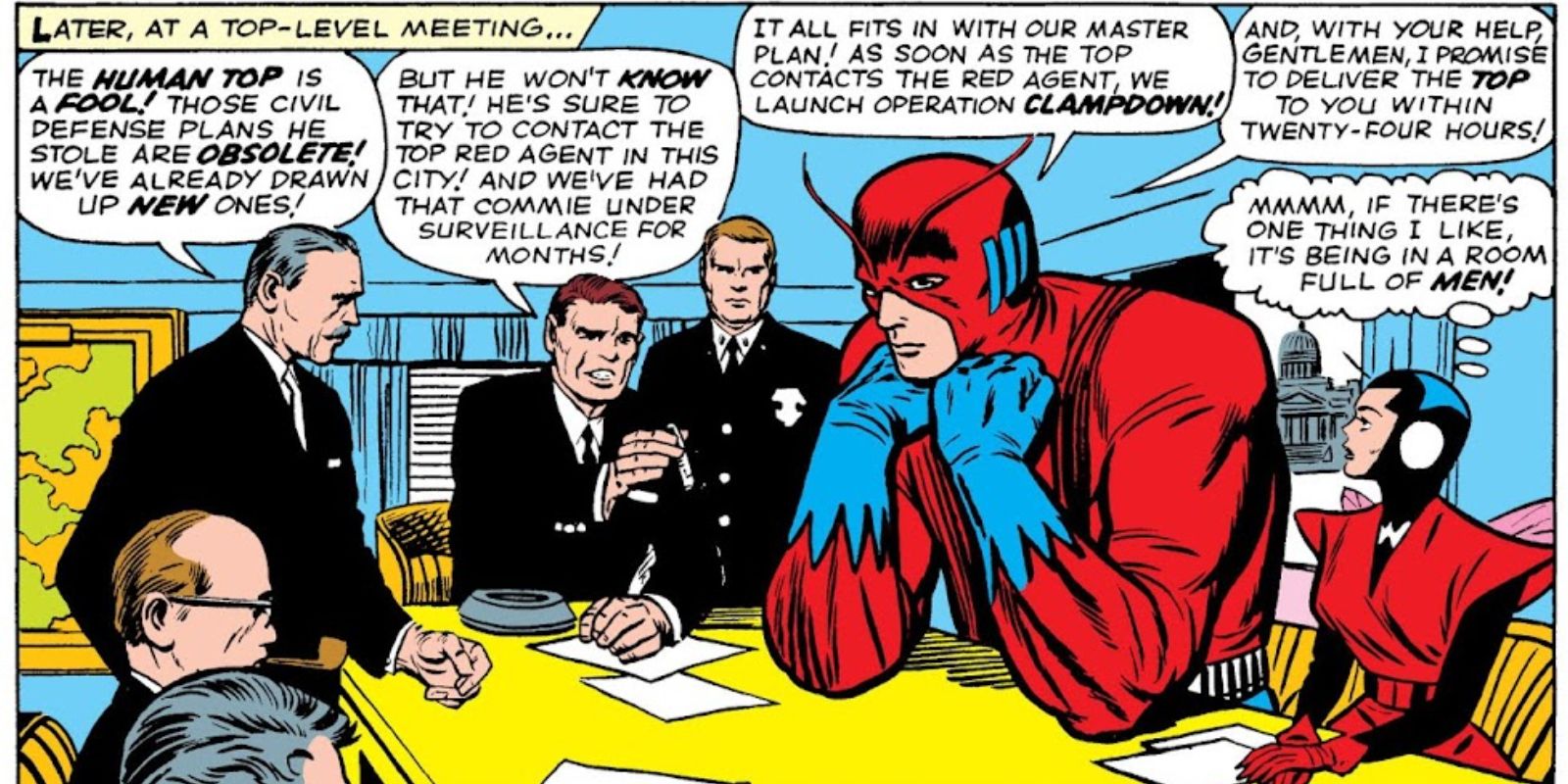
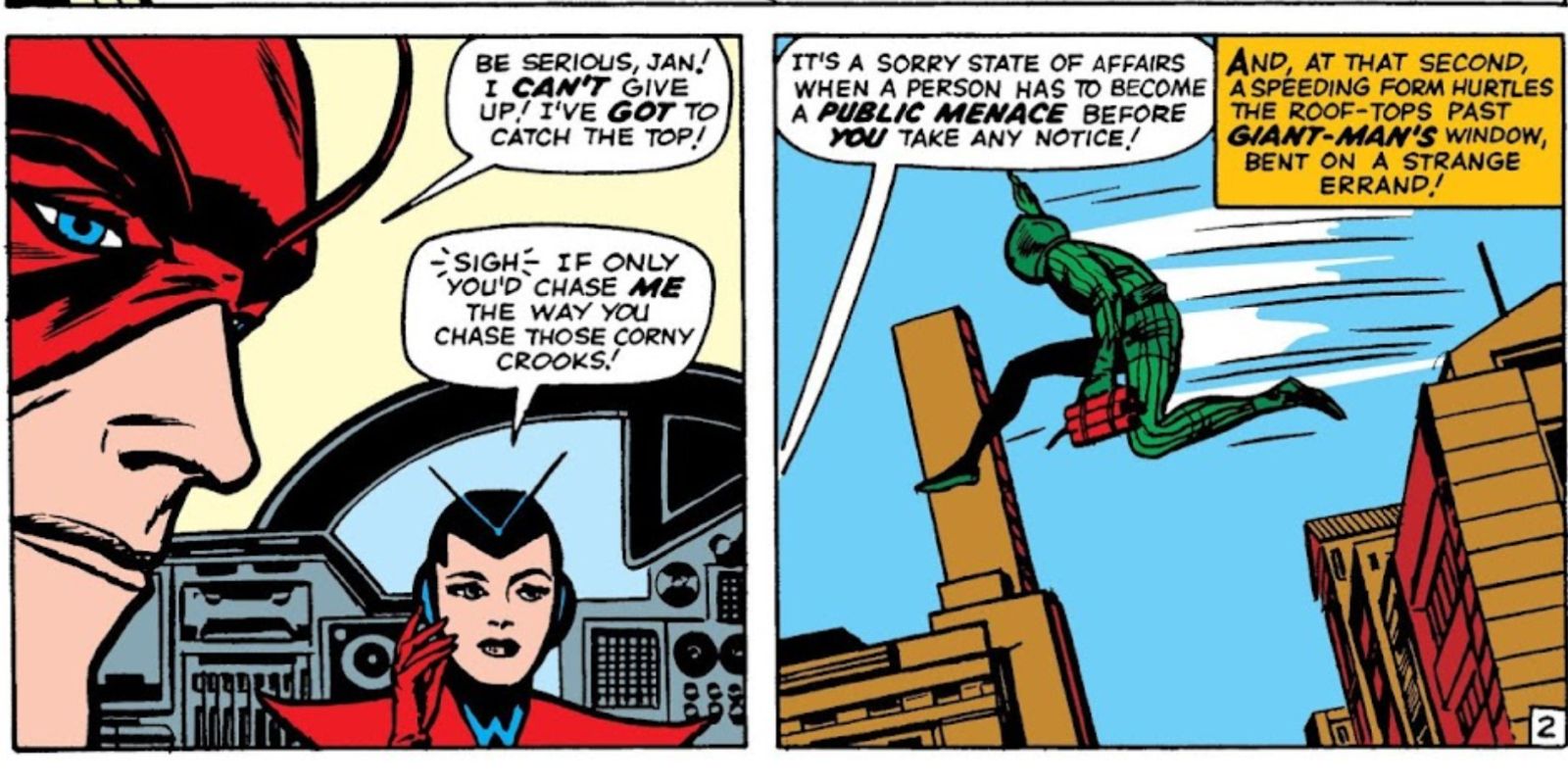
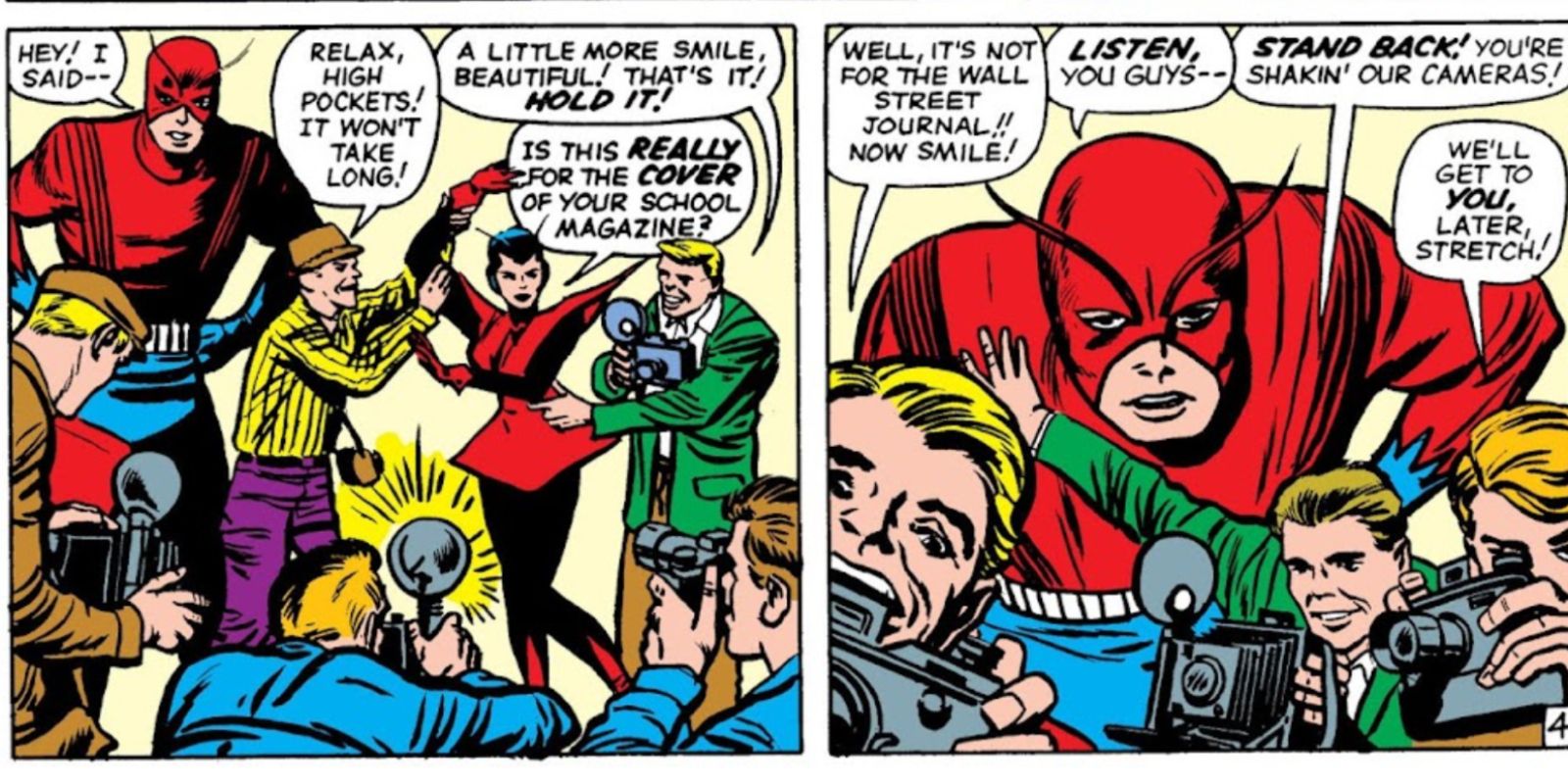
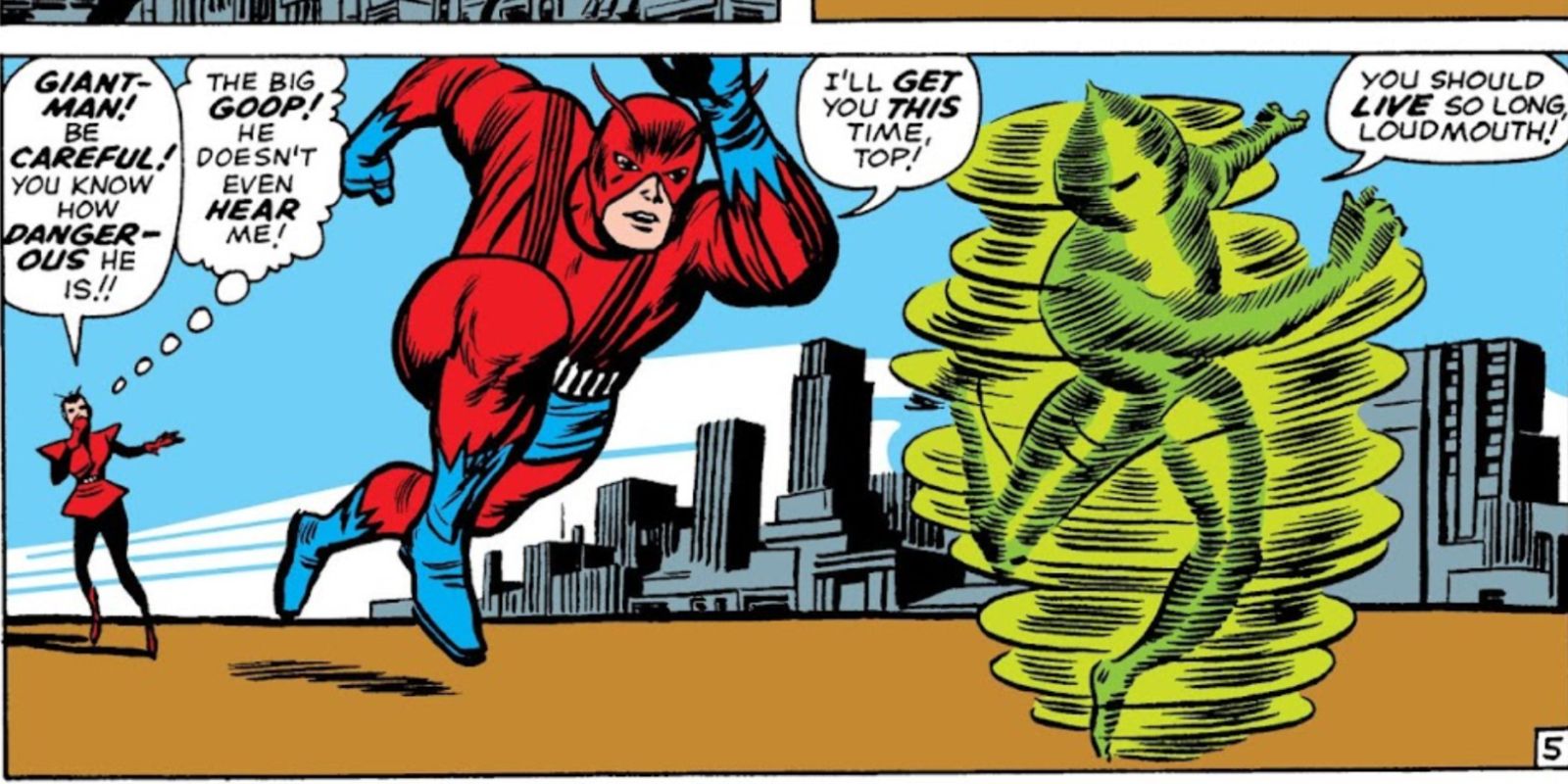
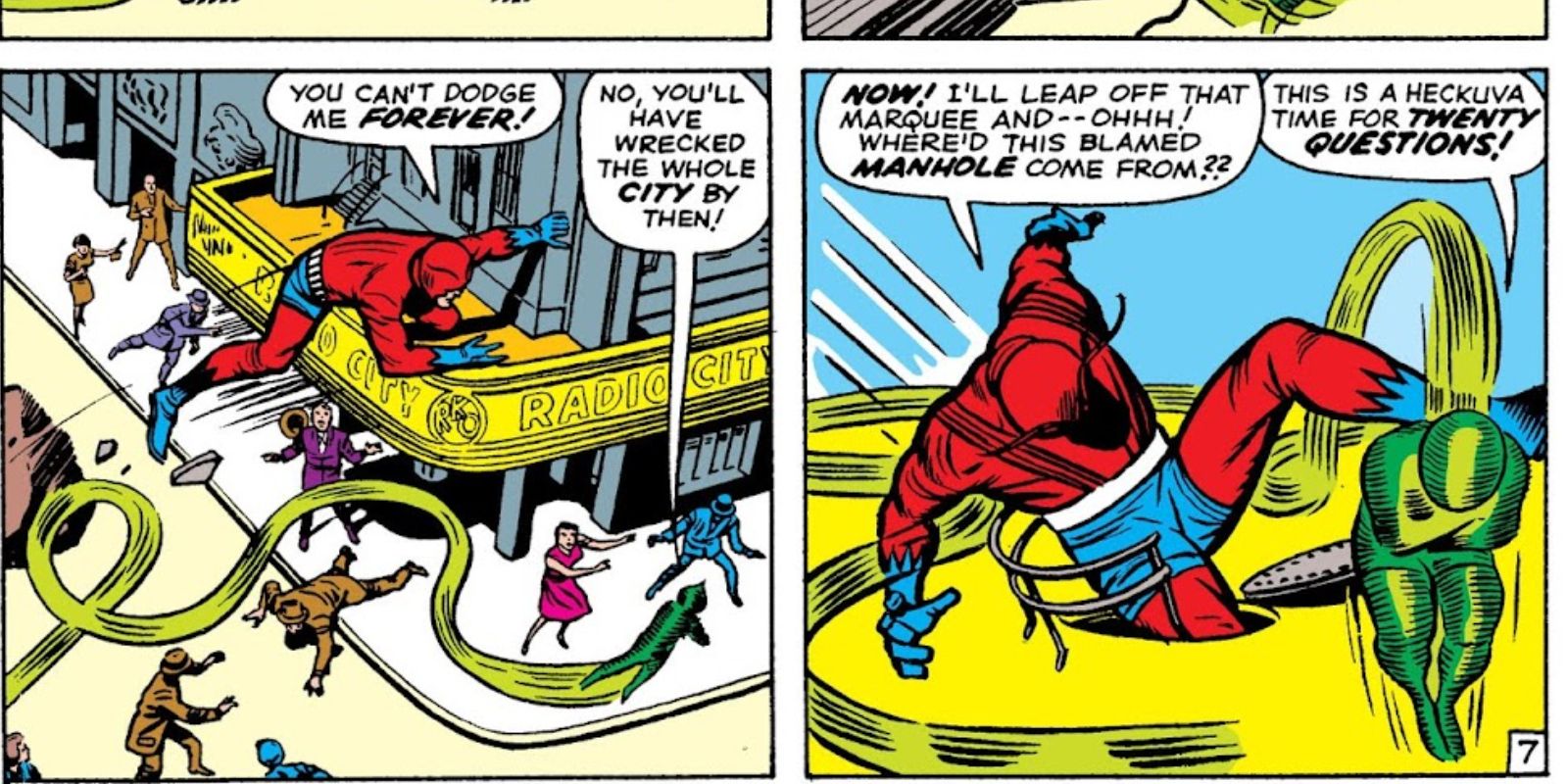
Okay, so there’s this supervillain running around called The Human Top – seriously, he just speeds and spins everywhere and nobody can catch him! It’s a total mess, and Ant-Man and the Wasp are the only ones who can help. In Tales to Astonish #51, a classic from 1963 by Jack Kirby and Stan Lee, they get together with the police to figure out a plan. Everyone’s brainstorming, trying to nail down the details, when the Wasp comes up with… well, it’s honestly one of the weirdest ideas I’ve ever seen in a Marvel comic!
Janet Van Dyne is a capable and intelligent character. It’s disappointing – and frankly insulting – to see her portrayed simply as being pleased to be in the company of men, without offering any input or contributing to the discussion. This diminishes not only her own established personality, but also sends a negative message to female audiences.
He Was the True Villain In This Moment, Scientifically Speaking
Adam Warlock is a powerful, almost god-like being in the Marvel universe, often grappling with big questions about life and the cosmos. Created with incredible strength, speed, and resilience, and wielding the powerful Soul Gem, you’d think he’d be thrilled with his potential. However, because of his unusual creation and a troubled fate, Adam feels lost and struggles to find his purpose. This internal conflict drives him on adventures that take him far beyond Earth, into the deepest reaches of the universe.
In the 1975 comic Warlock #15, Adam returned to Earth only to find he’d grown to an enormous size – larger than the entire solar system! This happened because of a misunderstanding of the Expanding Universe theory. Even if it were possible, an entity that large entering our solar system would cause catastrophic gravitational changes, destroying everything. While it was an interesting story idea, the science was simply too far-fetched, even for a story about a space-faring man like Adam, making it hard to believe.
Romantic relationships are common among the X-Men – Cyclops and Jean Grey, Storm and Forge, Gambit and Rogue are just a few examples, and some of these couples are still together. However, the relationship between Kitty Pryde and Colossus was particularly controversial. The reason for the disagreement stemmed from the significant age difference when they first met: Colossus was nineteen, while Kitty was only fourteen.
It’s common for young children to have crushes on older individuals. However, a romantic relationship between a young teenager and a man almost twenty years her senior is inappropriate. The thought of an adult dating a minor, particularly one with such a significant age difference, is unsettling. While Kitty and Colossus have faced challenges in their relationship, it’s now less problematic because they are both adults.
Seriously, There Was No Reason For This
Cyclops, Beast, Iceman, and Angel were four teenage superheroes, known as the X-Men, each with unique abilities. They wore the team’s signature black and yellow costumes and were trained by their leader, Professor X, to fight dangerous mutant villains. When Jean Grey joined the group, things became more complicated. As the only female member, she quickly attracted the attention of Cyclops and Angel, creating romantic tension within the team – a dynamic first explored in the 1964 X-Men comic, issue #3, by Jack Kirby and Stan Lee.
There was a disturbing moment where Professor X wrestled with unrequited feelings for Jean Grey, even though he knew it was inappropriate. Jean had just joined the X-Men at fifteen, and Professor X was much older and barely knew her, making his attraction extremely strange. The idea was briefly touched upon during the Onslaught storyline but quickly abandoned. While a love triangle could have created drama, this particular scenario felt unsettling and was a misstep that shouldn’t have been explored.
For many years, Mary Jane Watson has been considered Peter Parker’s main love interest, and he often returns to her. However, before MJ, Peter was in love with Gwen Stacy, whose tragic death remains a defining moment in Spider-Man’s history and highlights the dangers of being a superhero. That’s why it felt like a betrayal to longtime fans when it was revealed that Gwen Stacy had secretly had children with Spider-Man’s greatest enemy – a shocking twist that undermined her character and legacy.
The storyline ‘Sins Past’ attempted to reveal a disturbing secret from Gwen Stacy’s history: that she had a sexual relationship with Norman Osborn, and they had children together. This idea – that Gwen was unfaithful to Peter Parker, kept the existence of children from him, and would later reveal this painful history in a letter – was deeply upsetting to many fans. It portrayed her as having an affair with the father of her boyfriend’s best friend, a man who would ultimately be responsible for her death. Fortunately, this plot has since been rewritten as an elaborate deception orchestrated by Mysterio.
Read More
- The Most Jaw-Dropping Pop Culture Moments of 2025 Revealed
- Ashes of Creation Rogue Guide for Beginners
- ARC Raiders – All NEW Quest Locations & How to Complete Them in Cold Snap
- Best Controller Settings for ARC Raiders
- Where Winds Meet: How To Defeat Shadow Puppeteer (Boss Guide)
- Where Winds Meet: Best Weapon Combinations
- Ashes of Creation Mage Guide for Beginners
- Hazbin Hotel season 3 release date speculation and latest news
- Paramount Cancels Upcoming Area 51 Sci-Fi Movie
- Peterbot Settings in 2025
2025-10-29 02:13